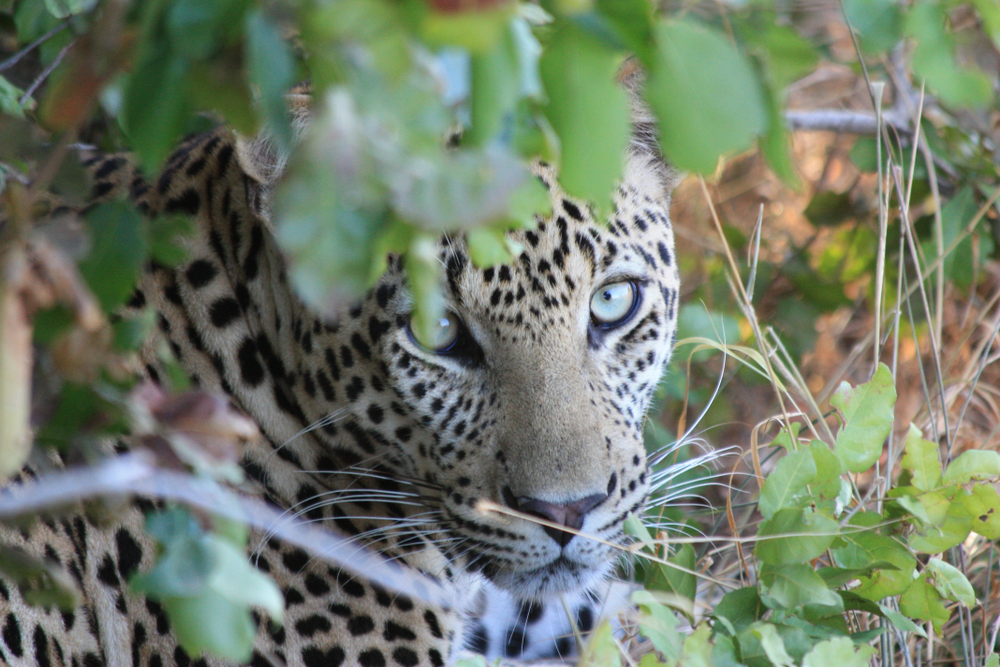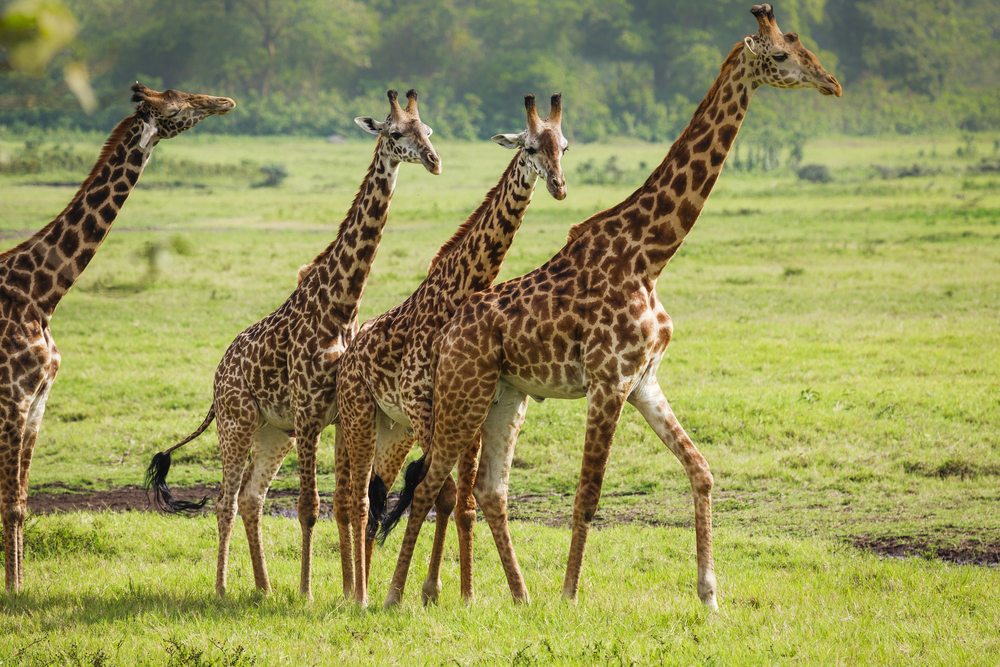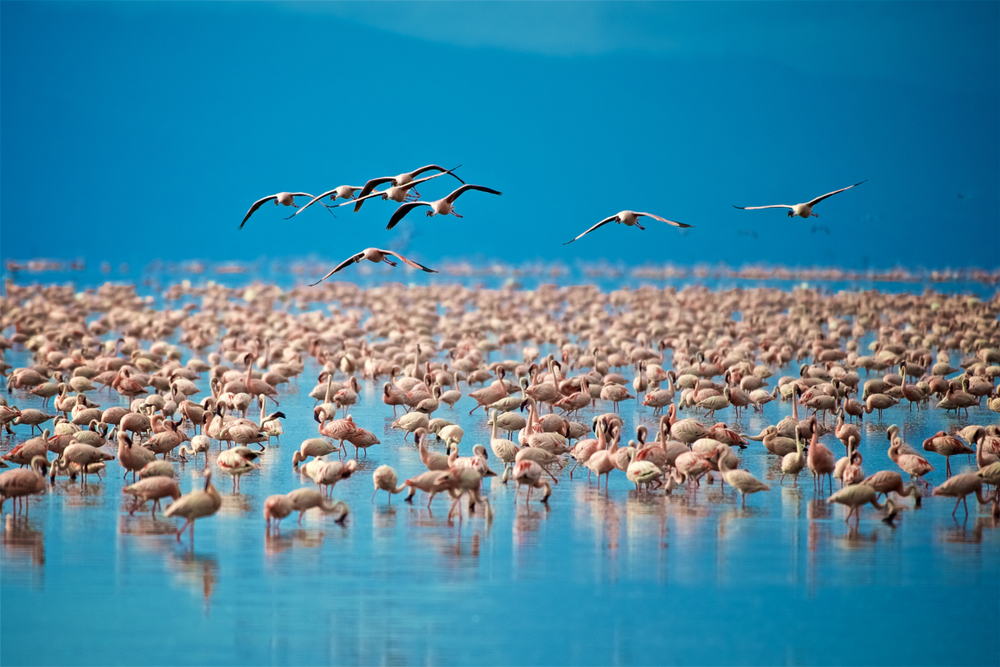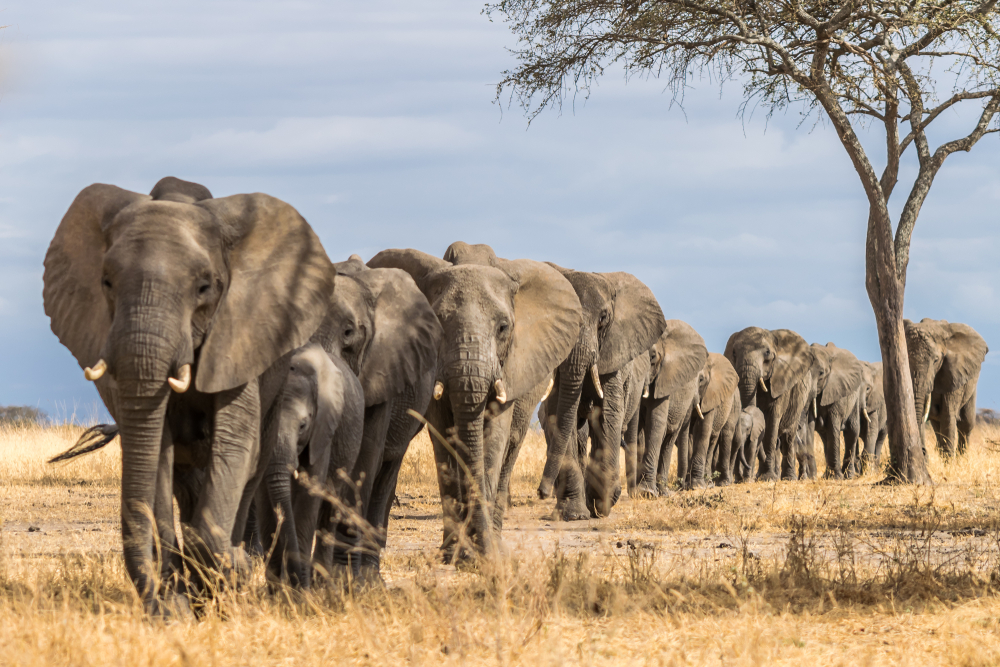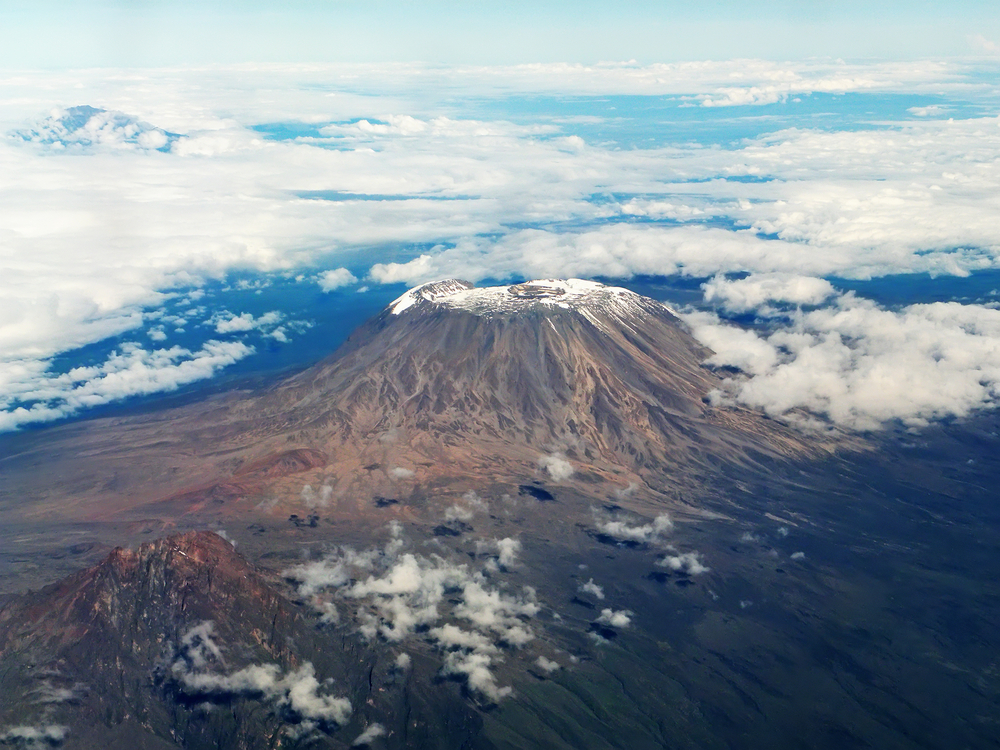Saadani Overview
Saadani National Park, locally known as Hifadhi ya Taifa ya Saadani, is Tanzania’s only coastal national park, where the untamed wilderness meets the Indian Ocean’s pristine beaches. Covering an area of approximately 1,100 square kilometers (425 square miles), Saadani is a unique destination that offers visitors the rare opportunity to combine traditional safari adventures with beachfront relaxation. Situated between Dar es Salaam and Tanga, this remarkable park is a one-of-a-kind blend of savannah, mangrove forests, river estuaries, and sandy shores.
Saadani’s defining feature is its coastal location, making it the only national park in East Africa with a beachfront. Here, the azure waters of the Indian Ocean lap gently against golden sands, while wildlife roams freely just steps away. The Wami River meanders through the park, nourishing its lush ecosystems and providing vital habitats for aquatic and terrestrial species. Visitors can enjoy boat safaris along the river, where hippos, crocodiles, and waterbirds thrive amidst a backdrop of mangroves and palm-fringed shores.
The park’s terrain features grassy plains, coastal thickets, and miombo woodlands, creating diverse habitats that support a variety of wildlife. Iconic species such as African elephants, buffaloes, giraffes, and zebras are frequently spotted on the savannah. Predators like lions and leopards prowl the bush, while warthogs, waterbucks, and reedbucks graze the open plains. The coastal waters are also rich in marine life, with green turtles nesting on the beaches—a rare and spectacular sight for visitors lucky enough to witness it.
Saadani National Park is also a haven for birdwatchers, with over 250 recorded species. The estuaries and wetlands attract an abundance of waterbirds, including flamingos, pelicans, kingfishers, and cormorants. Coastal forests and savannahs host colorful species such as the yellow-billed stork, African fish eagle, and turacos. Birding enthusiasts will find Saadani’s varied habitats an excellent location for observing both resident and migratory birds.
The park is known for its unique ability to offer both land and marine-based safaris. Visitors can explore its savannahs through guided game drives or enjoy boat safaris along the Wami River. The tranquil beaches offer opportunities for swimming, sunbathing, and walking along the pristine coastline, making Saadani a rare destination that seamlessly blends wildlife experiences with coastal relaxation.
Conservation efforts in Saadani National Park focus on protecting its terrestrial and marine ecosystems. Managed by the Tanzania National Parks Authority (TANAPA), initiatives include protecting endangered species such as green turtles, combating poaching, and engaging local communities in eco-friendly practices. The park’s proximity to local fishing villages highlights the importance of sustainable tourism and its role in preserving the region’s natural and cultural heritage.
In summary, Saadani National Park is a captivating destination where Africa’s wilderness meets the sea. Its diverse wildlife, serene beaches, and conservation significance make it a must-visit for travelers seeking a truly unique safari experience in Tanzania.








































































